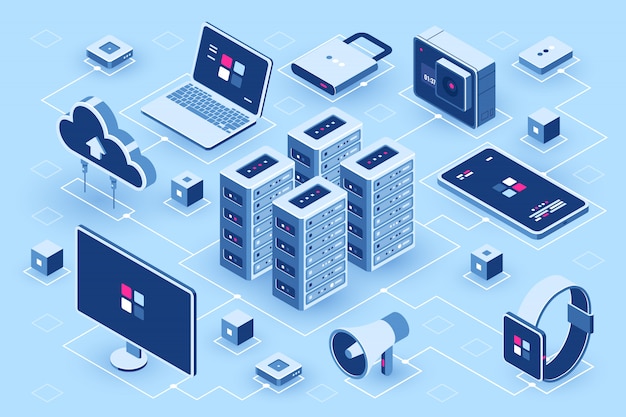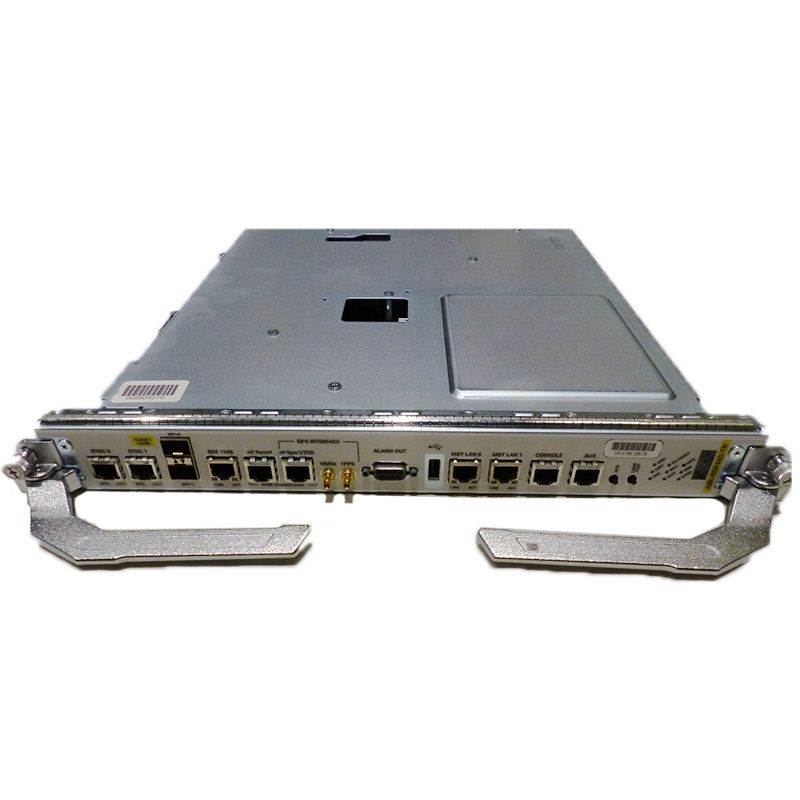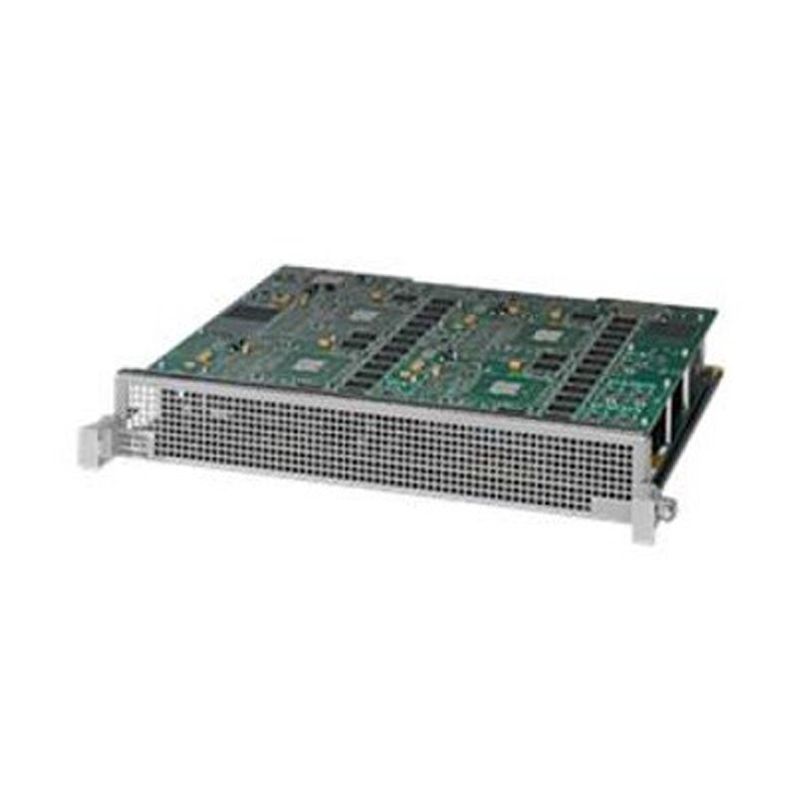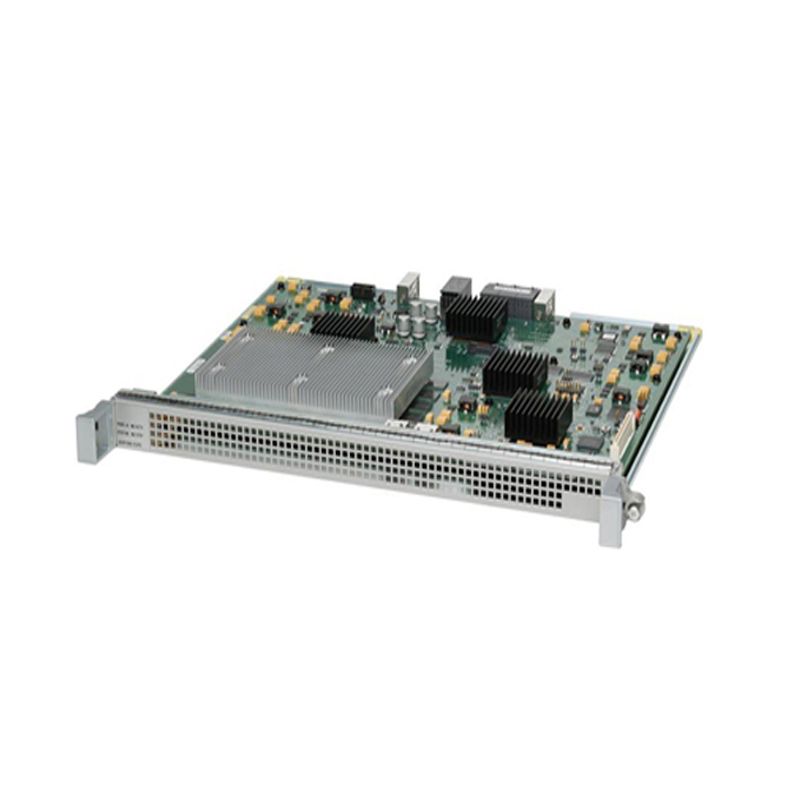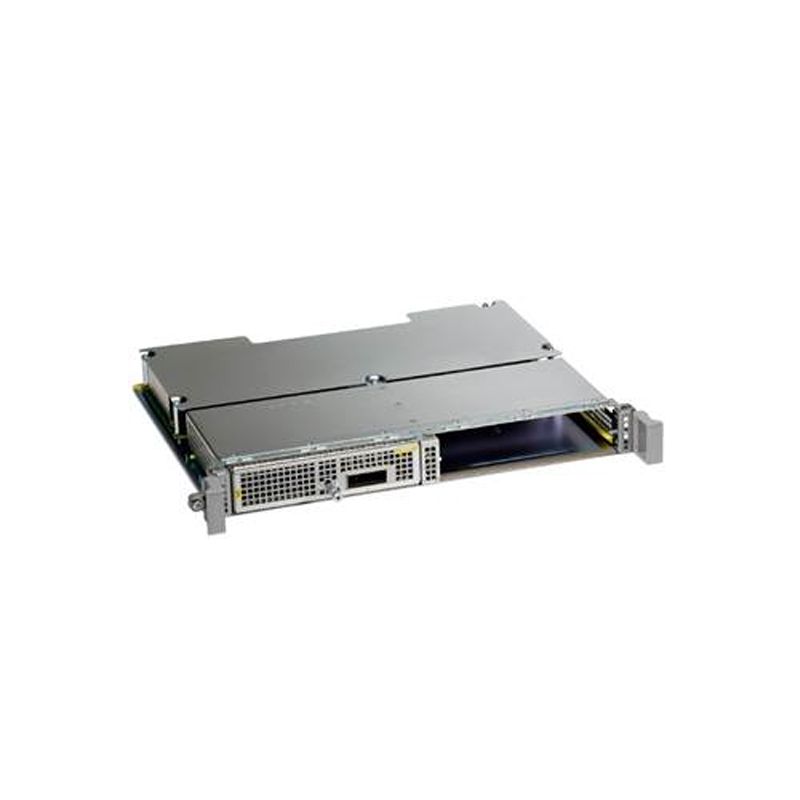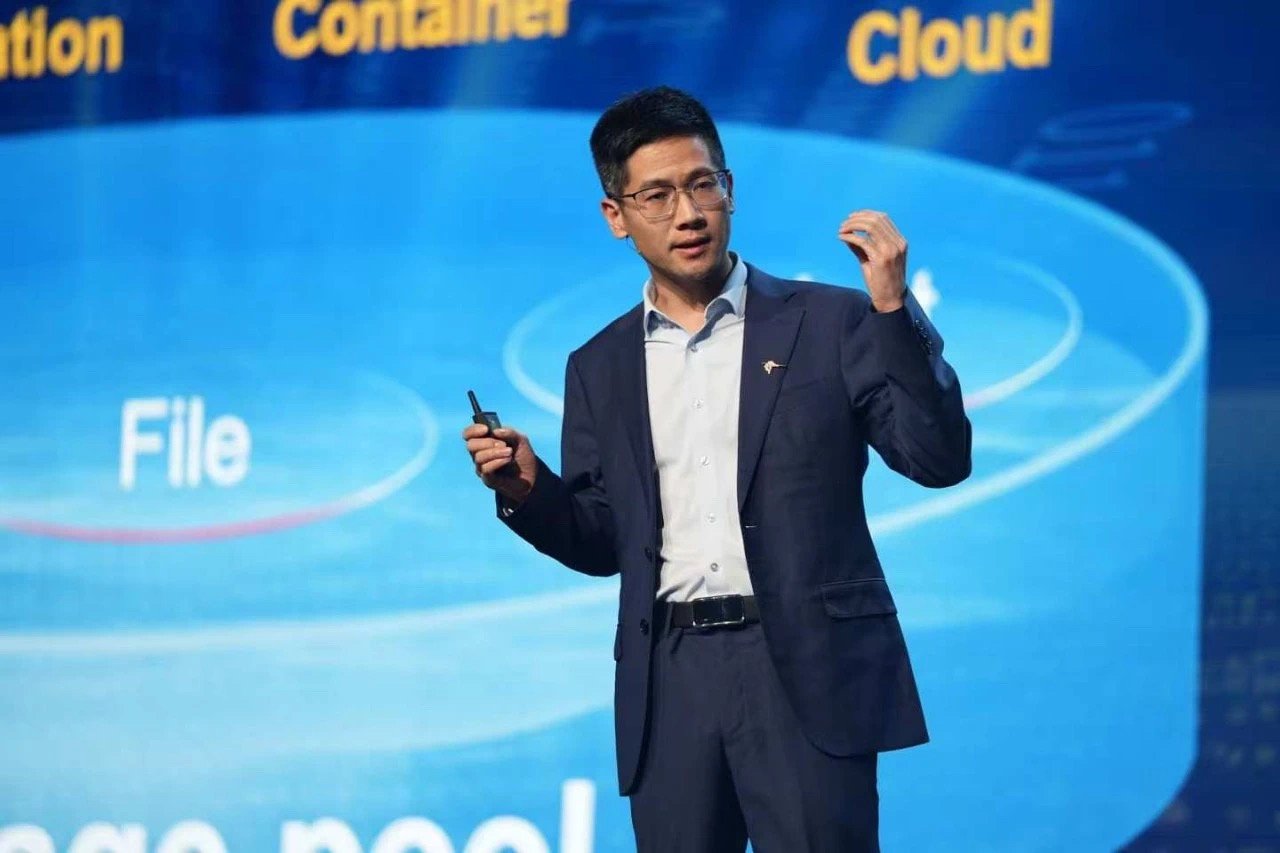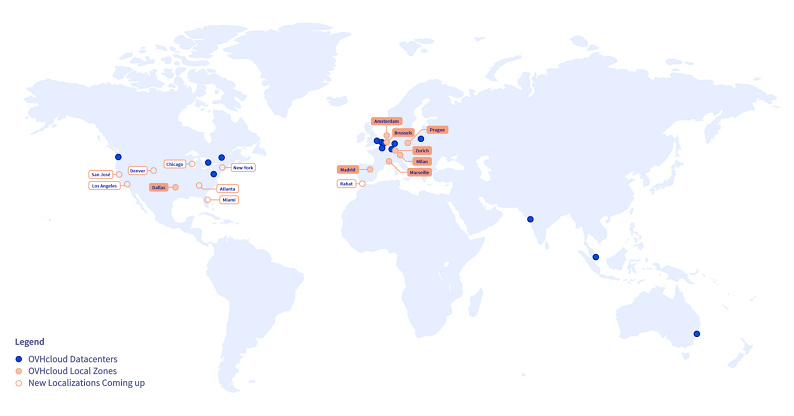As AI reshapes data center demands, Vertiv’s Ben Smith explores the evolving role of DX cooling
The rapid acceleration of AI, machine learning, and high-performance computing is transforming data center design and operation at an unprecedented pace. With new workloads pushing power and thermal demands to extremes, the industry faces a critical challenge: how to effectively cool these increasingly dense environments without compromising performance.
Against this backdrop, direct expansion (DX) cooling, a long-standing and adaptable technology, continues to play an important role. As the market evolves, so too must cooling strategies, blending traditional methods with advanced innovations like liquid cooling.
Ben Smith, vice president of DX thermal systems at Vertiv, discusses the key industry challenges that the company is addressing and offers insights on the continued relevance of DX cooling in the AI era.
A changing market
The rise of AI is driving an unprecedented increase in power demand and rack density for data centers, trends that show no signs of slowing down. With several key shifts underway in the industry, Smith outlines the areas Vertiv is particularly focused on:
“What we’re seeing at Vertiv is a huge focus on making sure that we are continuing to evolve ourselves as the total solution provider for data center infrastructure, and IT infrastructure. And secondly, as part of that, maintaining thought leadership, and product leadership within this rapid change in high density cooling that’s happening.”
This shift, commonly referred to as densification, is occurring both at the rack level and across the data hall. For example, just five years ago, a typical data center rack might have operated at around five to six kilowatts, with facilities designed to accommodate up to 20kW. Smith expands:
“We’ve been hearing for a long time about 100kW racks. In the last four years, when I was working in immersion cooling, it wasn’t uncommon for us to actually be supporting racks of this size. But now, the world is exploding with 100kW racks based on the needs for these GPU- intensive servers driving AI.”
This growth makes over-reliance on traditional air cooling increasingly impractical, both technically and financially, prompting a shift toward liquid cooling and hybrid solutions.
Direct-to-chip single-phase liquid cooling is emerging as a popular approach for managing heat at the rack level. But as density grows, this shift must scale across entire data halls. If all racks reach 150kW, it marks a significant transformation in infrastructure needs. Adapting existing facilities or designing new ones to accommodate these requirements is a complex process. Smith continues:
“There’s a lot of work that we do with customers today to help them understand how to adapt their current data centers to deal with this, but also working with people who are considering the design and deployment of new data centers and what this densification means in terms of the new power and cooling strategies they can deploy.”
The spatial configuration of the data center is changing too. Traditionally, the majority of floor space was allocated to IT hardware, with the remaining areas supporting infrastructure. With current requirements, that balance is shifting, cooling and power infrastructure now often take up the majority of the space.
To address this, Vertiv is exploring compact and efficient systems that enable customers to retain more white space while meeting thermal and power requirements, designing solutions that are adaptable and future-ready.
Power and cooling strategies must be a key area of collaboration between infrastructure providers and their customers, both in existing facilities and those in development, to help data centers to scale effectively.
What does the future hold for air cooling?
As liquid cooling adoption grows, particularly in support of high-density workloads, the role of air cooling is evolving. But does this signal its end? Smith explains his view on the crossroads in cooling that the industry is facing:
“It all has to do with the data center’s capability to be 100 percent liquid cooled, which is really unrealistic today, and would require the entire IT industry to support that. It would also require all customers to need and want that kind of setup.”
Beyond feasibility, cost is another limiting factor. Smith continues: “More realistically, there are certain parts of the industry that will heavily move into liquid cooling, of course, but the interesting thing is, today, as we see these much higher density racks with liquid cooling direct to chip, a lot of us thought that over the past years that that would actually diminish the amount of air cooling needed, but it’s actually increased.”
Even in 100kW racks, roughly 20 percent of the thermal load may still require air-based solutions for non-GPU components and networking equipment. This means that air cooling continues to play a significant role, often requiring support levels well beyond current averages.
In fact, Smith predicts that the demand for air cooling may grow in tandem with the densification of data centers, depending on the design and operational requirements of each individual facility.
“Maybe they’ll have a couple of racks that are high density and they need a very localized solution, but the rest will still continue to be supported, probably the way it is today,” he explains. “I think there are parts of the industry where that will happen, and parts where it will never come about.”
The role of DX cooling
DX cooling has long been a cornerstone of data center thermal management. “There are distinct benefits and real use cases where it is a necessity,” says Smith. “It depends on how buildings are set up and built, and their access to water.”
The variety of designs and architectural setups used today reflects the diverse needs of data center operators. DX remains particularly relevant in scenarios where water access is limited, or where certain deployment models are better suited to localized cooling.
“We have customers today that are deploying DX based solutions in different types of architectures, and again, it’s based on particular customers, looking at their complete set of needs and requirements, as to why they would choose a DX based solution,” continues Smith.
“It is still the most efficient way to create a cooling solution overall. It’s a very adaptable, flexible way to deploy cooling.”
While liquid systems offer certain advantages in density, Vertiv is also working with customers to explore comparable DX solutions that provide similar benefits in a different configuration.
Another major consideration is refrigerant regulation and the company is making significant progress in adapting to these regulatory shifts. Smith explains:
“There’s a lot of new regulation and continuing updates around the types of gasses and refrigerants that we’re using, and so right now, we’re preparing for changing regulations in the US and Europe that exist around the GWP (global warming potential) ratings of these fluids.”
Although traditional cooling methods are unlikely to disappear entirely, power density, regulatory pressures, and customer expectations are driving clear evolution. Taking into account the unique requirements of each individual customer, Vertiv is paving the way for deploying adaptable and future-ready cooling systems across data centers.
To hear more from Ben Smith on how Vertiv is helping customers implement effective cooling strategies tailored to their needs, watch the full DCD>Talks episode here.
More from Vertiv
-

Data centers should be seen as the next logical units of compute, as IT and facilities infrastructure become more closely coupled driven by the demands of AI workloads
-

How to successfully implement liquid cooling to manage heat in high-density computing environments
-

Vertiv Launches New AI Hub, Featuring Industry’s First AI Reference Design Portfolio for Critical Digital Infrastructure








